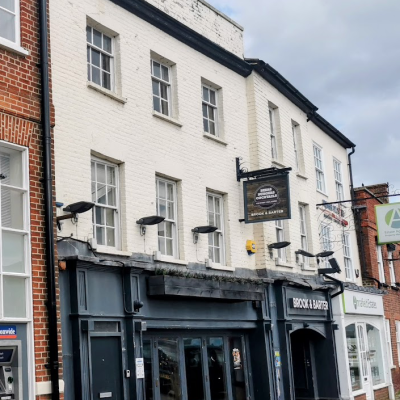Search by topic
- archaeology
- architecture
- bricklayer
- Building of Local Interest
- carpenter
- church
- crime
- dressmaker
- fire
- Great Eastern Railway
- listed building
- medieval
- oral history
- Public House
- Rattee & Kett
- Religious House
- Roman
- scholar
- school
- Then and Now
- tudor
- women
- work
- world war one
- world war two
Search by text
Round Moat, Fowlmere
History of the Round Moat
This is a rare surviving example of a simple earthwork enclosure put up immediately after the Norman Conquest as the first castles.
Cyril Fox wrote in 1923: This small oval ring-work, 300 feet in greatest diameter, and a little over an acres in area ……. is for its size, very strongly defended, the bank being now 7 to 12 feet above natural level, and the wet moat 20 feet wide, and as originally excavated, 11 feet deep (below ground level)
English Heritage: In many instances, as at Fowlmere, the earthwork castle survives next to a medieval parish church, a combination that symbolises the patronage, power and centralising influences of local magnates, and which provided for the security of those same landowners in this life and the next. Villages and towns grew up, or were deliberately developed beside the castle, benefiting from the wealth and power of the lord. This, in turn, supported the church which continued to develop long after the small earthwork castle beside it had been abandoned.
Contribute
Do you have any information about the people or places in this article? If so, then please let us know using the Contact page or by emailing capturingcambridge@
License
This work is licensed under CC BY-NC-SA 4.0









